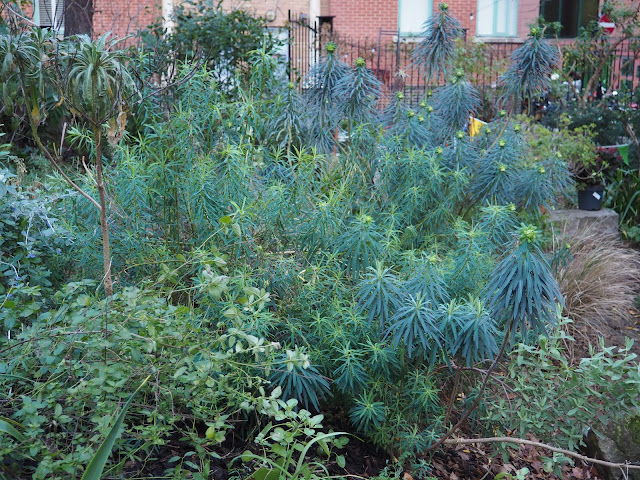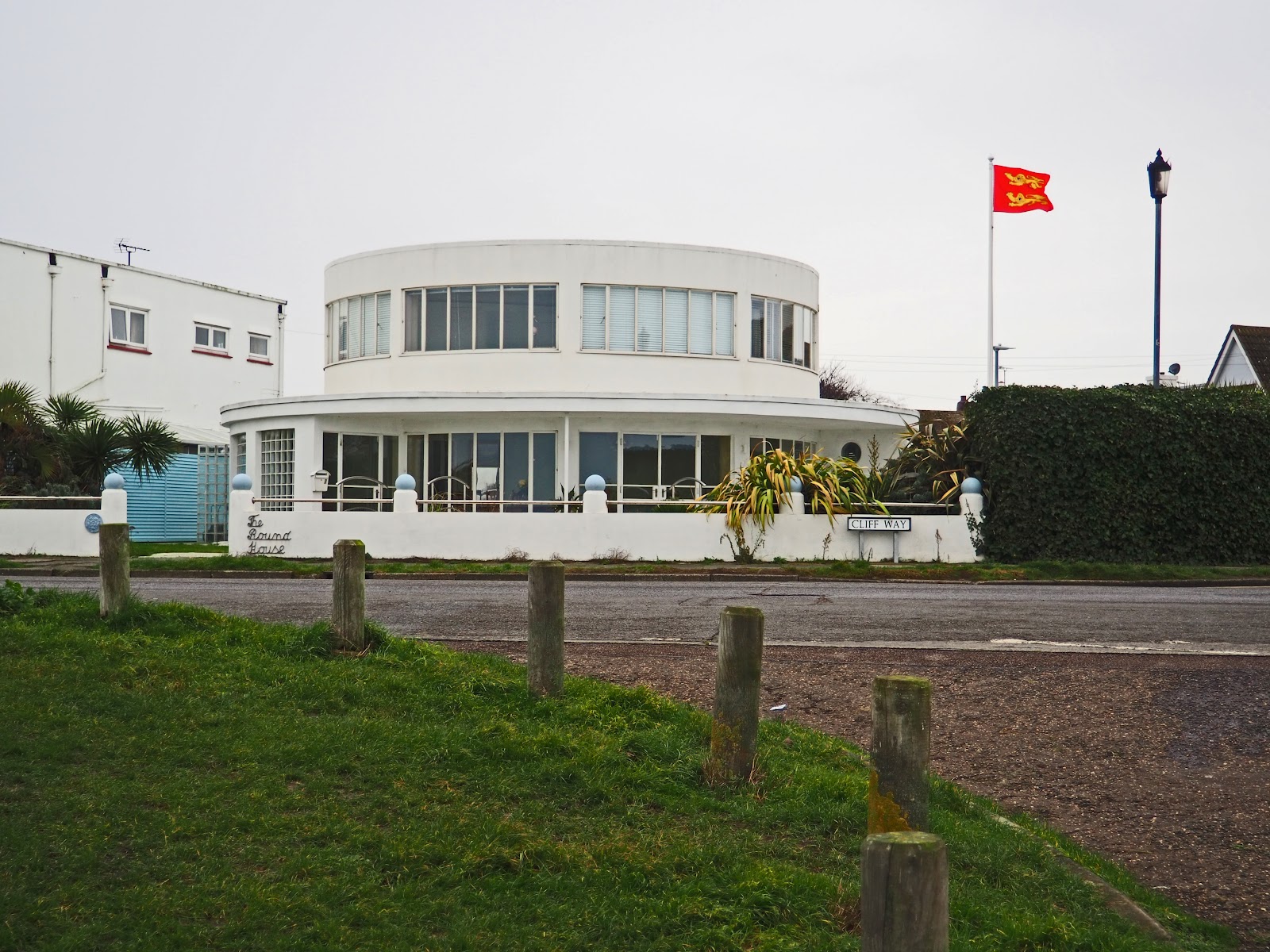I was first aware of Harry Smith as an avant-garde filmmaker.
Only later did I discover he’d put together the 3 volumes of the Anthology of American Folk Music which is a thing of great beauty and wonder.
These days when people describe Harry Smith they have to add that he was also a painter, occultist, anthropologist, and collector of many things, not least paper planes. Like this:
This is the cover of a book titled Paper Airplanes: The Collections of Harry Smith: Catalogue Raisonné, Volume I. I just bought it. It too is a thing of beauty and wonder.
I can’t swear that Harry Smith was much of a walker per se, though one way or another he certainly spent time on the streets of New York, where he picked up and collected paper airplanes: the perfect found object.
If the book’s introduction is to believed, and with Harry Smith very few things are to be believed completely, there was a time, say late 60s to early 80s, when you couldn’t walk the streets on Manhattan without seeing a paper plane on the ground, sometimes even in the air.
Smith would swoop down, pick it up, then annotate it with the time and place he found it, just like a ‘proper’ anthropologist.
Smith’s friend William Breeze is quoted in the introduction as saying,
‘He and I discussed it more than once as we usually met for dinner and had a trip to the Strand on Fridays … and walked the neighborhood. He found several planes and would immediately stop to fish out a pencil and make notes on it. As I recall he was interested in in the changes in their morphology over the years, with some plane designs disappearing and then mysteriously reappearing years later.’
In due course the planes went into storage. Some of them at one time were at the Smithsonian, now 251 of them, all the ones in the book, are at the Anthology Film Archives. Very possibly there are a lot more elsewhere.
Many things about this collection surprise me. I think I’m a pretty good scavenger and observer of street detritus, but I don’t believe I’ve ever seen a paper plane lying in the street. But times do change. I remember when I used to see quite a few playing cards lying around in the street and for a while I picked them up thinking I’m do something or other with them, but in the end I never got round to it.
Is it possible that people have got more conscientious about littering, and now they take their paper planes and their playing cards home with them or put them in a bin? If this is the case, then on balance I suppose it’s a good thing, but it’s a real disadvantage for the street anthropologist.





















































